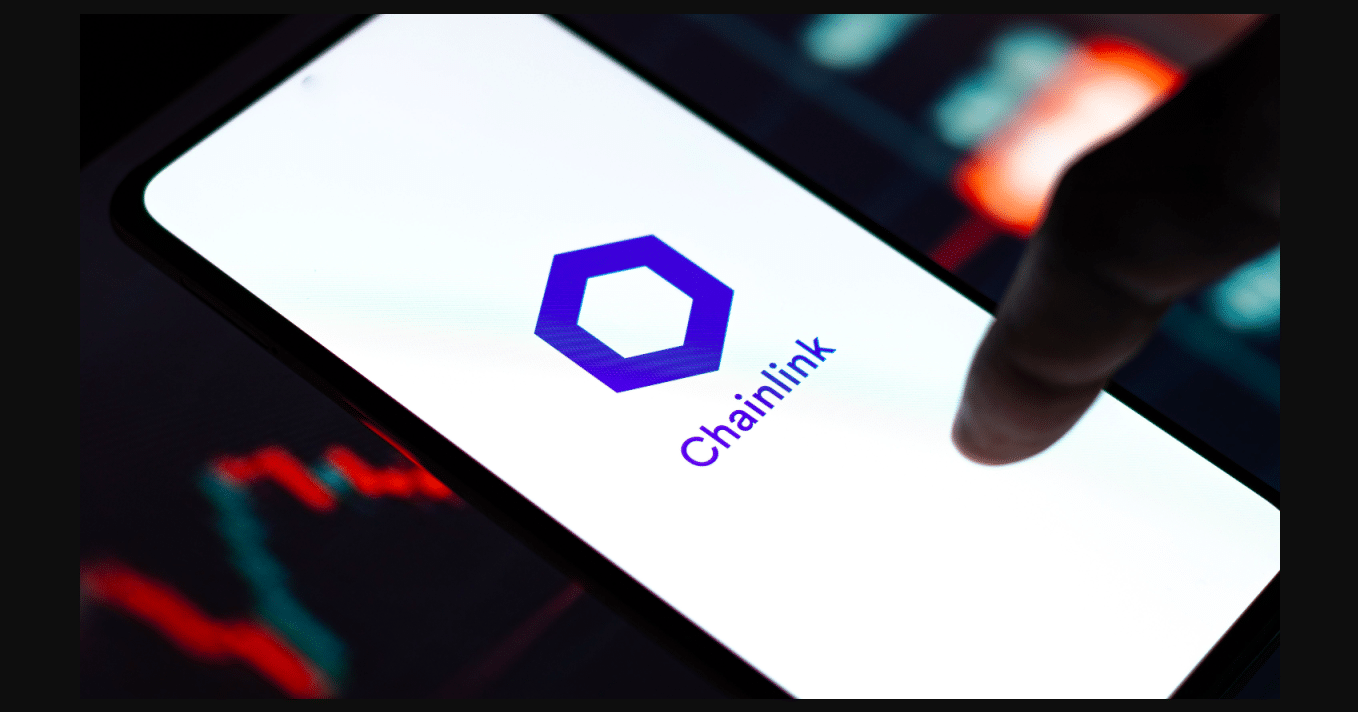|
Getting your Trinity Audio player ready...
|
Shiba Inu (SHIB), the popular meme coin, faces an uphill battle as its price struggles to gain traction. Recent attempts to break through resistance at $0.00001961 have been unsuccessful, raising concerns about a potential price correction.
Analysts point to several factors contributing to SHIB’s sluggish performance. One key indicator is the Network Value to Transactions (NVT) ratio, which has reached its highest level in a year and a half. A high NVT ratio suggests the token might be overvalued compared to its actual network activity. This raises questions about the sustainability of current price levels, potentially leading to a correction if the market adjusts to more realistic valuations.
Furthermore, SHIB’s Relative Strength Index (RSI) is failing to hold within the bullish zone. The RSI measures the momentum of price movements, and a sustained presence in bullish territory indicates strong buying pressure. However, SHIB’s inability to maintain this position suggests a rise in selling pressure, potentially leading to a price downturn.
Given these factors, experts predict SHIB‘s price will likely remain stagnant in the near future. The broader cryptocurrency market doesn’t offer strong bullish signals either, further solidifying this prediction. Historically, the price range between $0.00001961 and $0.00001473 has acted as resistance and support for SHIB. Without substantial buying pressure overcoming resistance or a significant decline breaking support, the token is likely to stay within this range.
Also Read: Dogecoin, Shiba Inu Price Crash – Memecoin Market Analysis
However, a breach of the support level at $0.00001473 could invalidate this scenario. Such a break could leave SHIB vulnerable to a steeper decline towards $0.00001281 or even lower.
Investors and traders should closely monitor these technical indicators and broader market movements to make informed decisions regarding SHIB. While a recovery isn’t impossible, the current outlook suggests a period of consolidation or potential downturn in the near future.
Disclaimer: The information in this article is for general purposes only and does not constitute financial advice. The author’s views are personal and may not reflect the views of Chain Affairs. Before making any investment decisions, you should always conduct your own research. Chain Affairs is not responsible for any financial losses.
I’m a crypto enthusiast with a background in finance. I’m fascinated by the potential of crypto to disrupt traditional financial systems. I’m always on the lookout for new and innovative projects in the space. I believe that crypto has the potential to create a more equitable and inclusive financial system.




